Study session – “I, YOUTH ADVOCATE”
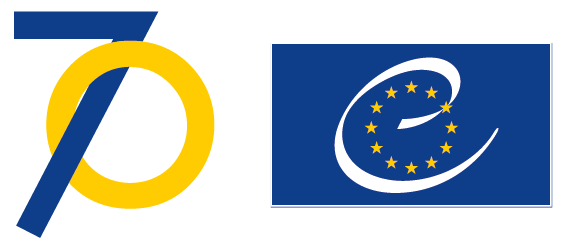 A study session organised by MIJARC EUROPE and DON BOSCO YOUTH NETWORK in cooperation with the Youth Department of the Council of Europe – European Youth Centre Budapest.
A study session organised by MIJARC EUROPE and DON BOSCO YOUTH NETWORK in cooperation with the Youth Department of the Council of Europe – European Youth Centre Budapest.
Dates: 7-10 October 2019
This study session has been a common idea of MIJARC Europe and Don Bosco Youth Network, two international organisations that work on very similar topics and who decided to do a joint study session on advocacy for their members.
Aim and objectives
The “I, Youth Advocate” study session aims to prepare young people from MIJARC Europe and DBYN Networks to be active advocates at European level, on diverse topics of interest for youth.
The main aim is built on the following objectives:
- Assist young people to reflect on their local realities and link them to the policy changes they want at European level,
- Explore advocacy tools and policy instruments of the Council of Europe, DBYN, MIJARC Europe and other European stakeholders in order to use them in their advocacy work,
- Develop advocacy competences such as communication with relevant stakeholders, strategic planning and other skills to implement successful advocacy plans,
- Empower young people to design concrete actions plans on advocacy to be implemented within the two organizations.
Hosting organizations
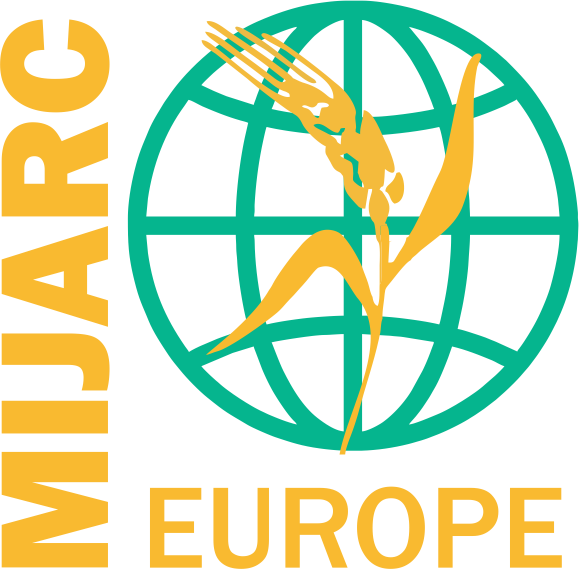 MIJARC Europe is a European coordination network for rural and Christian youth organizations all over the continent. MIJARC Europe represents over 130. 000 young people from rural areas in 14 European countries. It promotes sustainable agricultural, rural and international development, European citizenship, youth policies, gender equality, environmental protection, interculturality and human rights.
MIJARC Europe is a European coordination network for rural and Christian youth organizations all over the continent. MIJARC Europe represents over 130. 000 young people from rural areas in 14 European countries. It promotes sustainable agricultural, rural and international development, European citizenship, youth policies, gender equality, environmental protection, interculturality and human rights.
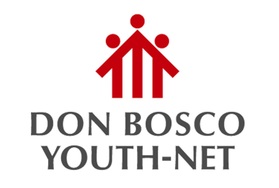 Don Bosco Youth-Net is an international network of Salesian youth work offices and youth organisations which work in the style of Don Bosco. The network assemblies 18 organisations, who cater for over 125.000 children and young people in 16 European countries. The task of the network is to create and promote international activities for and by young and to create possibilities for member organisations to share their good practices and start-up new projects together.
Don Bosco Youth-Net is an international network of Salesian youth work offices and youth organisations which work in the style of Don Bosco. The network assemblies 18 organisations, who cater for over 125.000 children and young people in 16 European countries. The task of the network is to create and promote international activities for and by young and to create possibilities for member organisations to share their good practices and start-up new projects together.
Study session design
The study session is based on non-formal education methods and will present a mixture of the methodologies used by the two host organizations. The “See-Judge-Act” methodology of MIJARC Europe and the Don Bosco method promoted by DBYN. You should expect a lot of experiential learning activities, reflection moments, practical examples and space for sharing and exchanging facts and opinions. As MIJARC Europe and DBYN are both faith-based organizations, we will also take time to reflect on our own values, beliefs and spirituality.
Phases
Thee will be two main phases of this study session:
- E-learning phase (20th September – 2nd October) which will require 1-2 hours of involvement in total and will focus mostly on getting to know each other and setting a common ground to what we all understand by advocacy.
- Study session (7-10 October) a four-day residential phase taking place in Budapest, at the European Youth Center. This is the main phase of the activity and participants will learn about advocacy practices and tools and will create action plans that the two host organizations will implement in their work.
Participants will also be invited to continue their involvement within the representation structures of the two host organizations and to further contribute to the implementation of the action plans.
Call for participants: study session “I , Youth advocate”
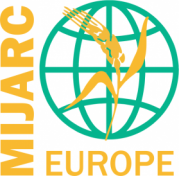

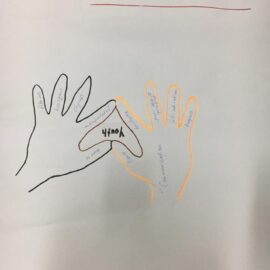
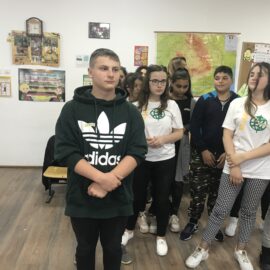
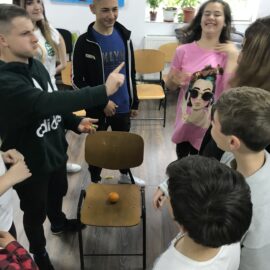
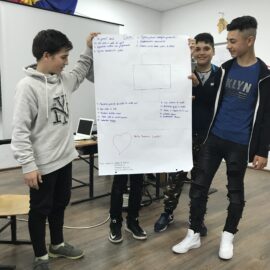
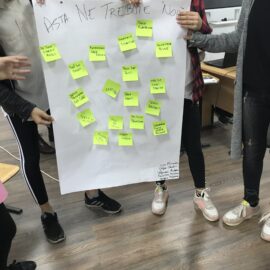

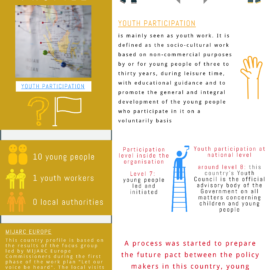
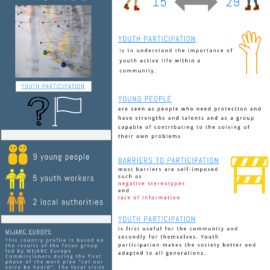
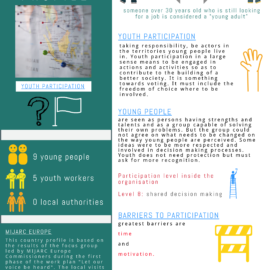
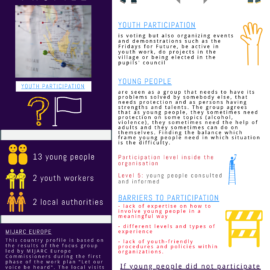
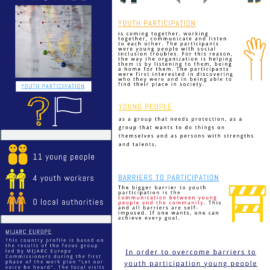
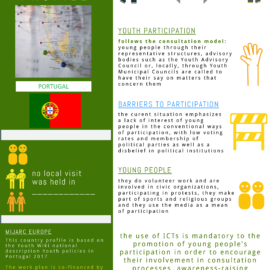
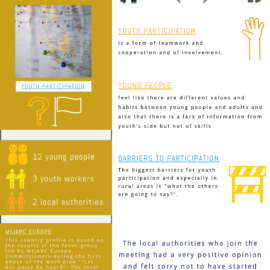
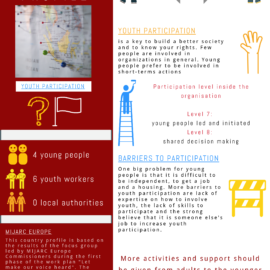
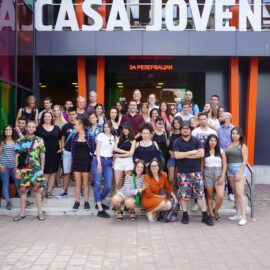
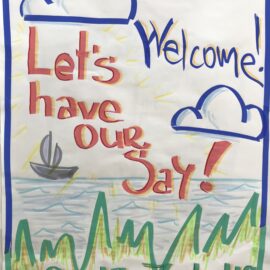
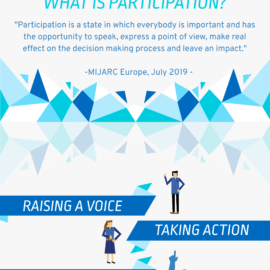
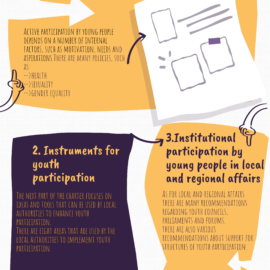
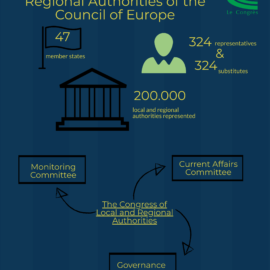
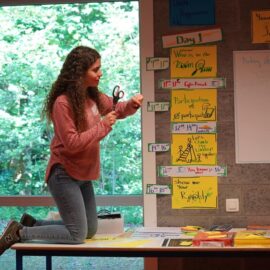
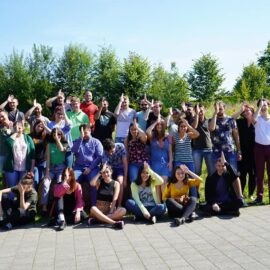

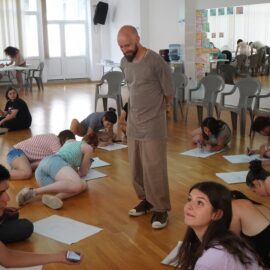
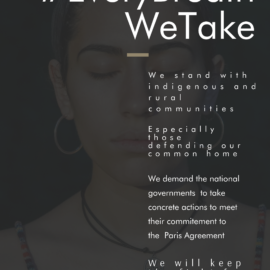
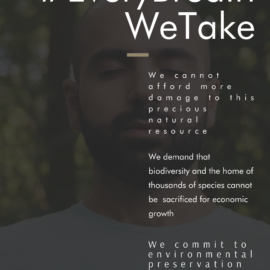
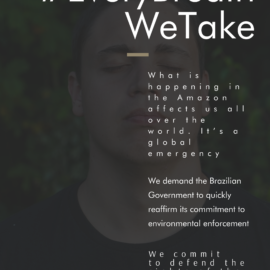
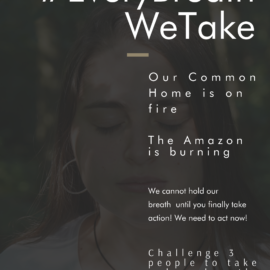
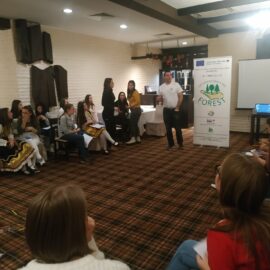
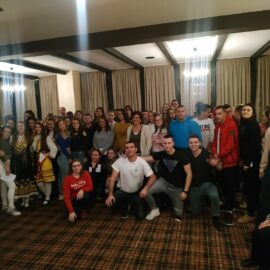
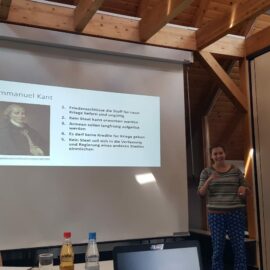
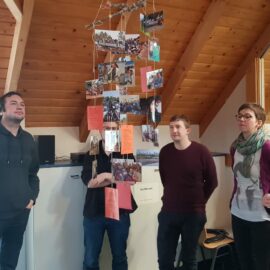
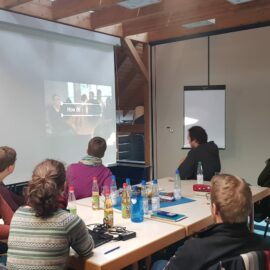
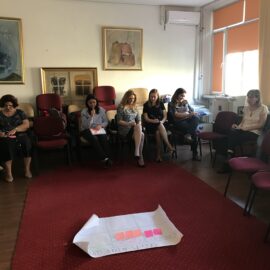
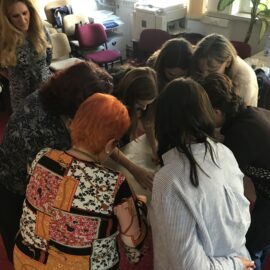
 Between
Between 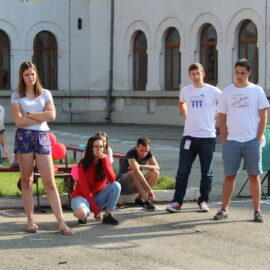
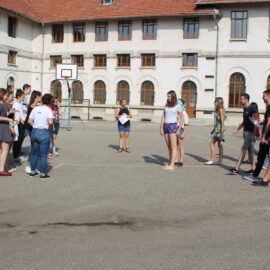
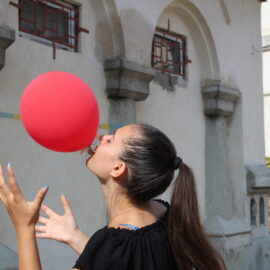
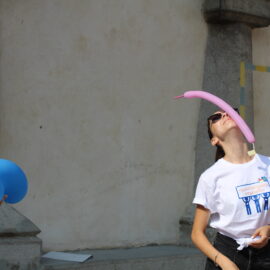
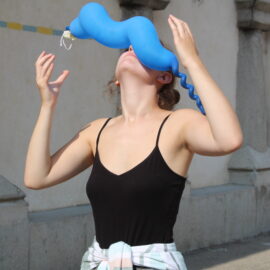
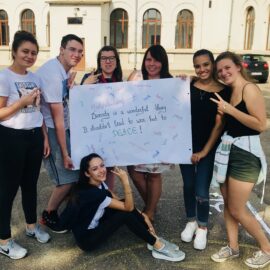
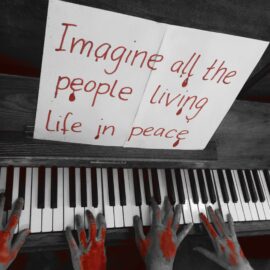
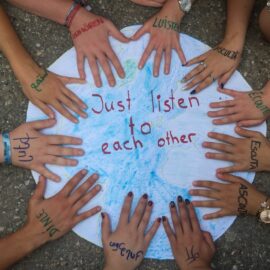
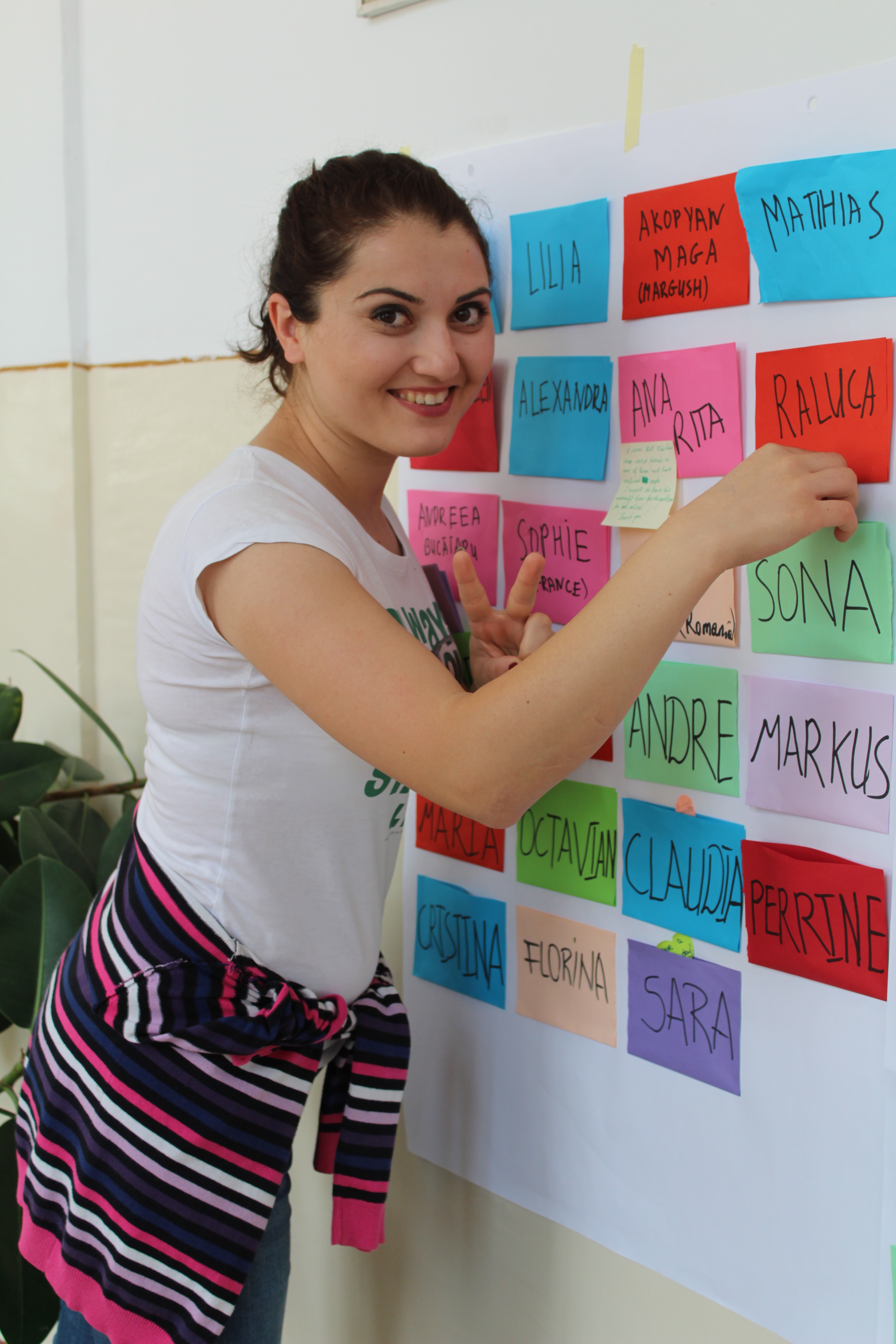
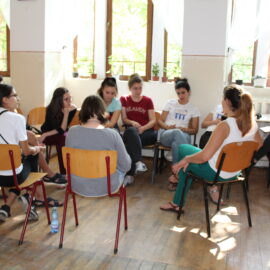
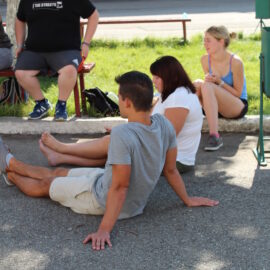
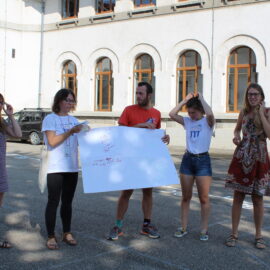
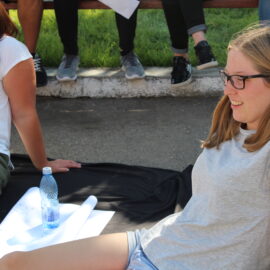
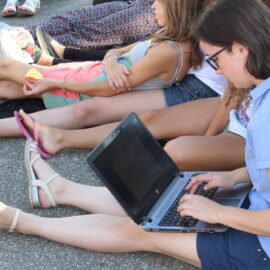
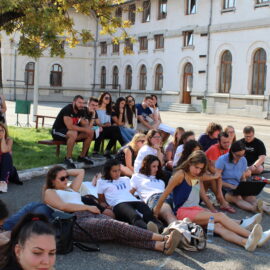
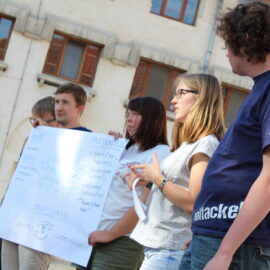
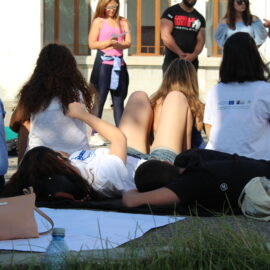
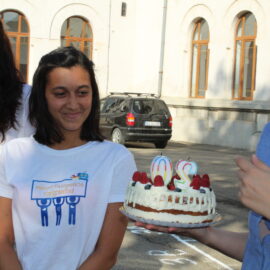
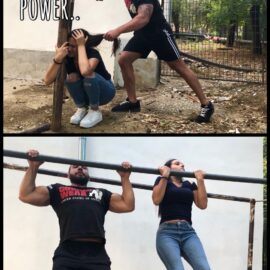
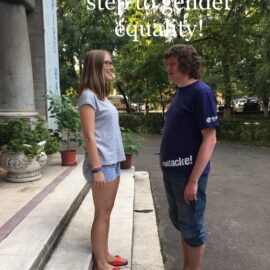
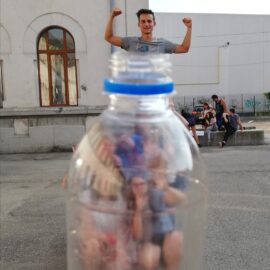
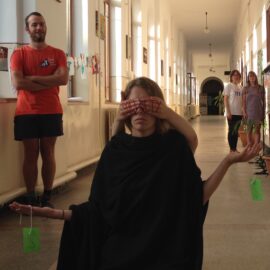
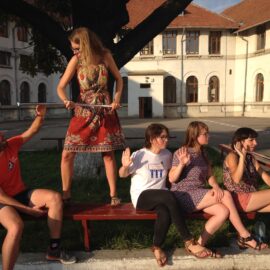
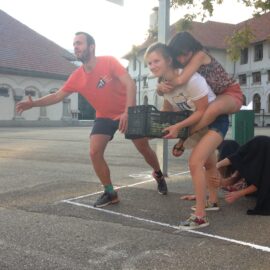





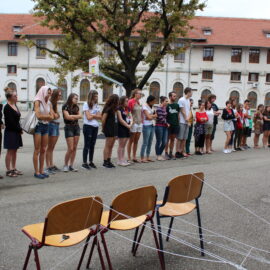
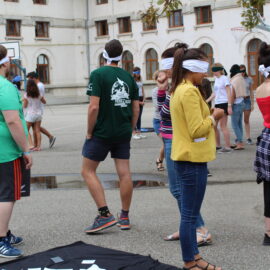
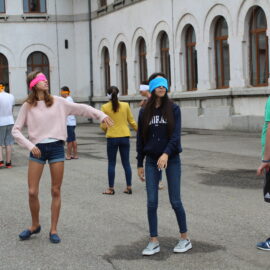
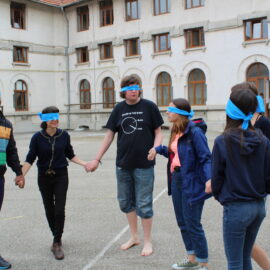
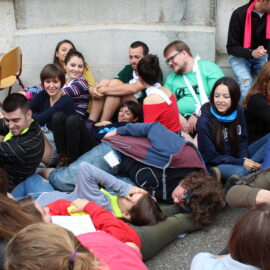
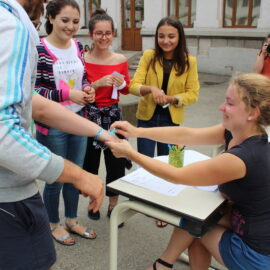
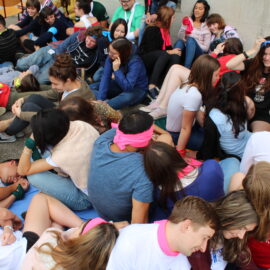
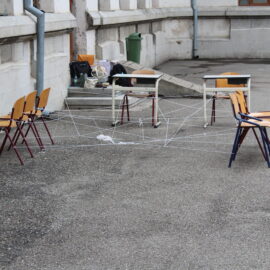
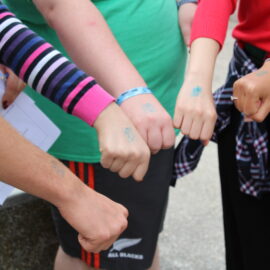
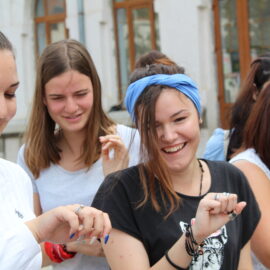
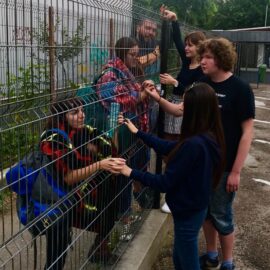
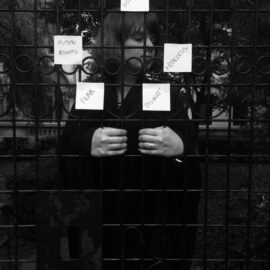
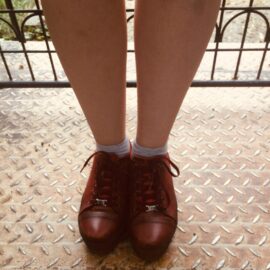
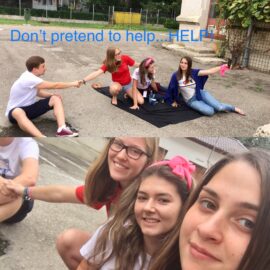
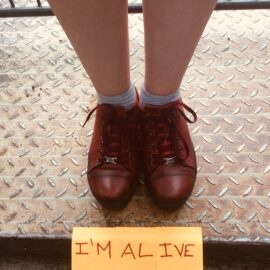
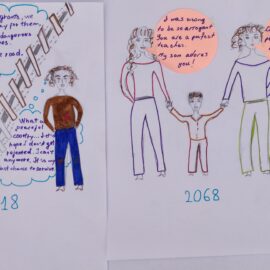
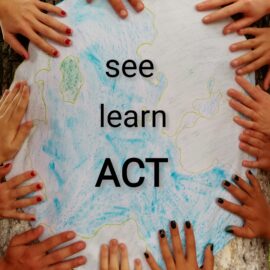
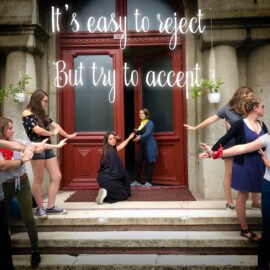
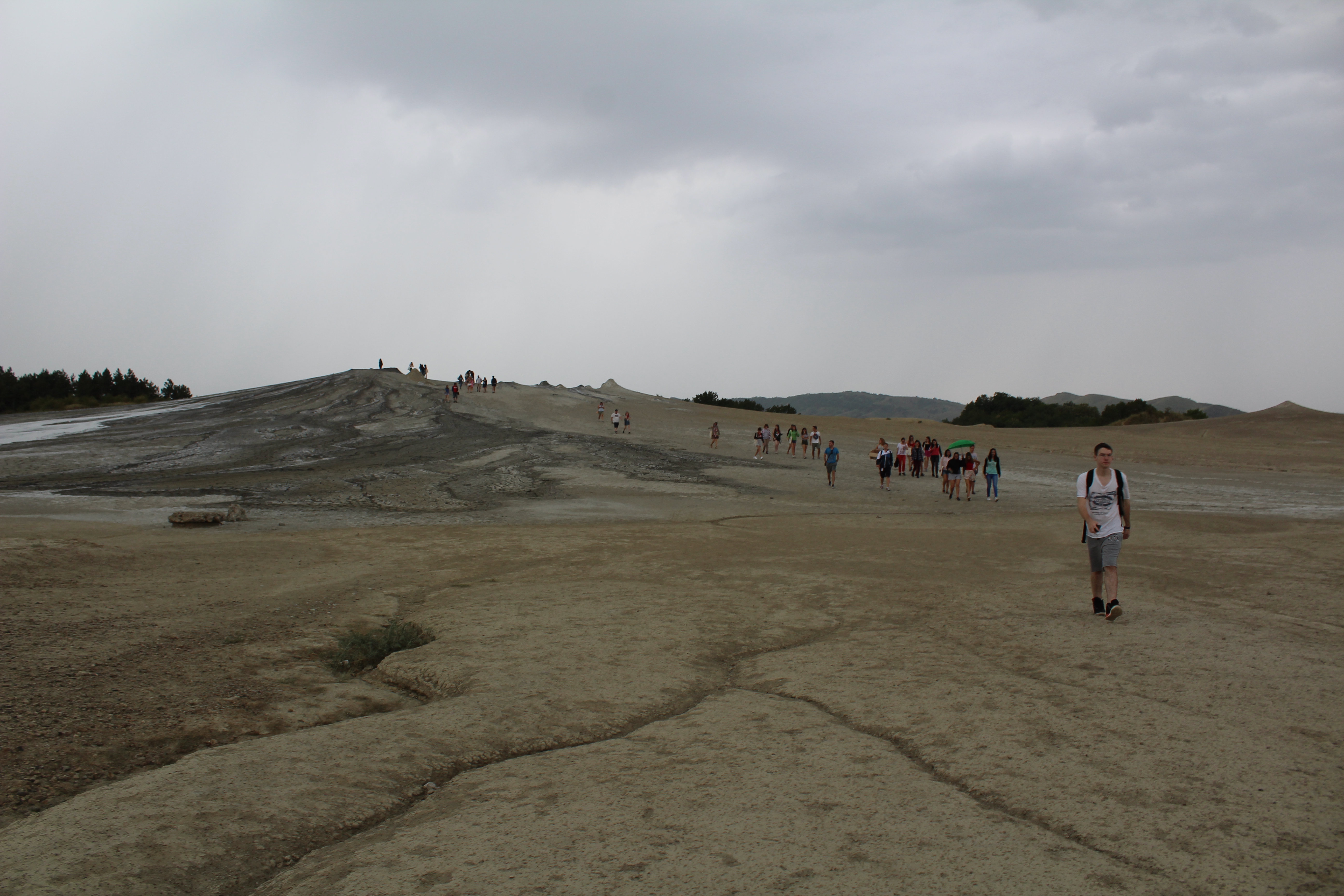 The rain tried to be the star of the second day but we managed to keep the focus on
The rain tried to be the star of the second day but we managed to keep the focus on 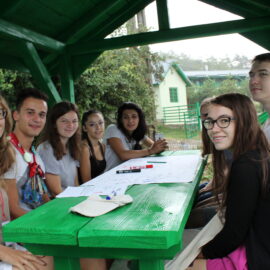
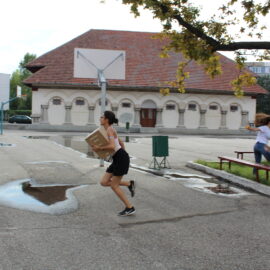
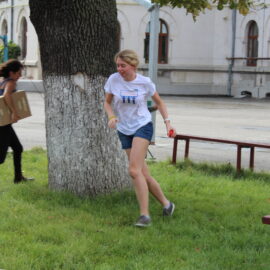
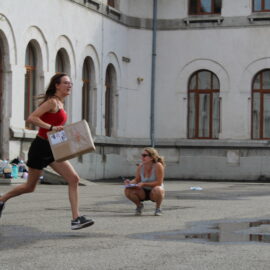
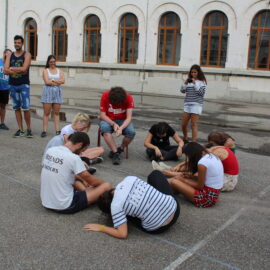
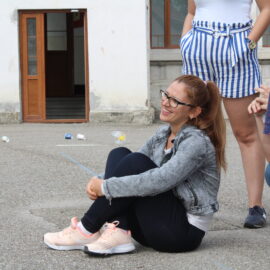
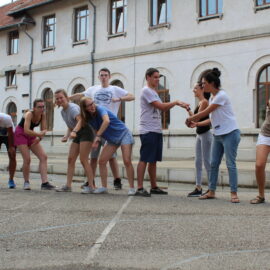
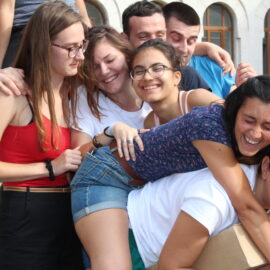
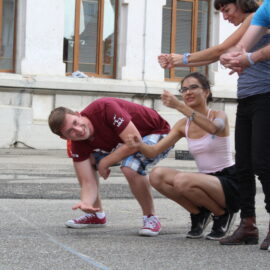
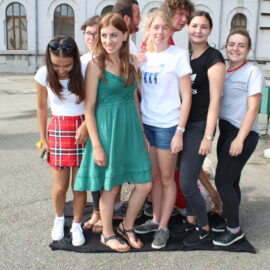
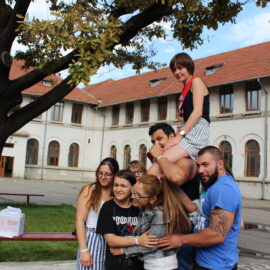
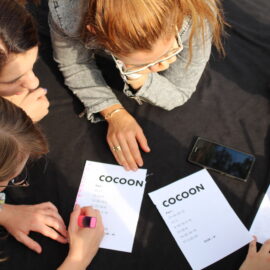
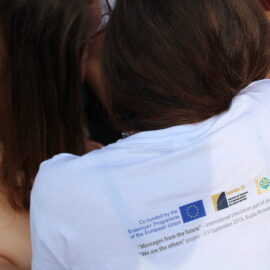
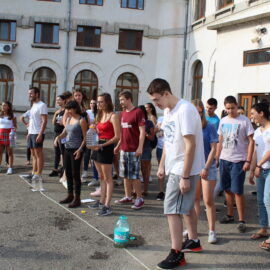
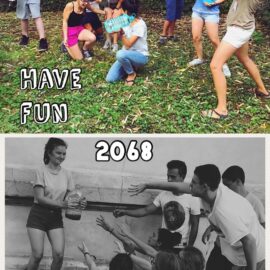
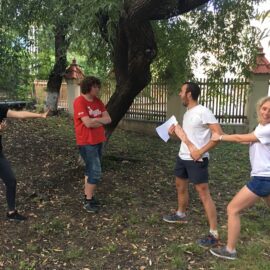
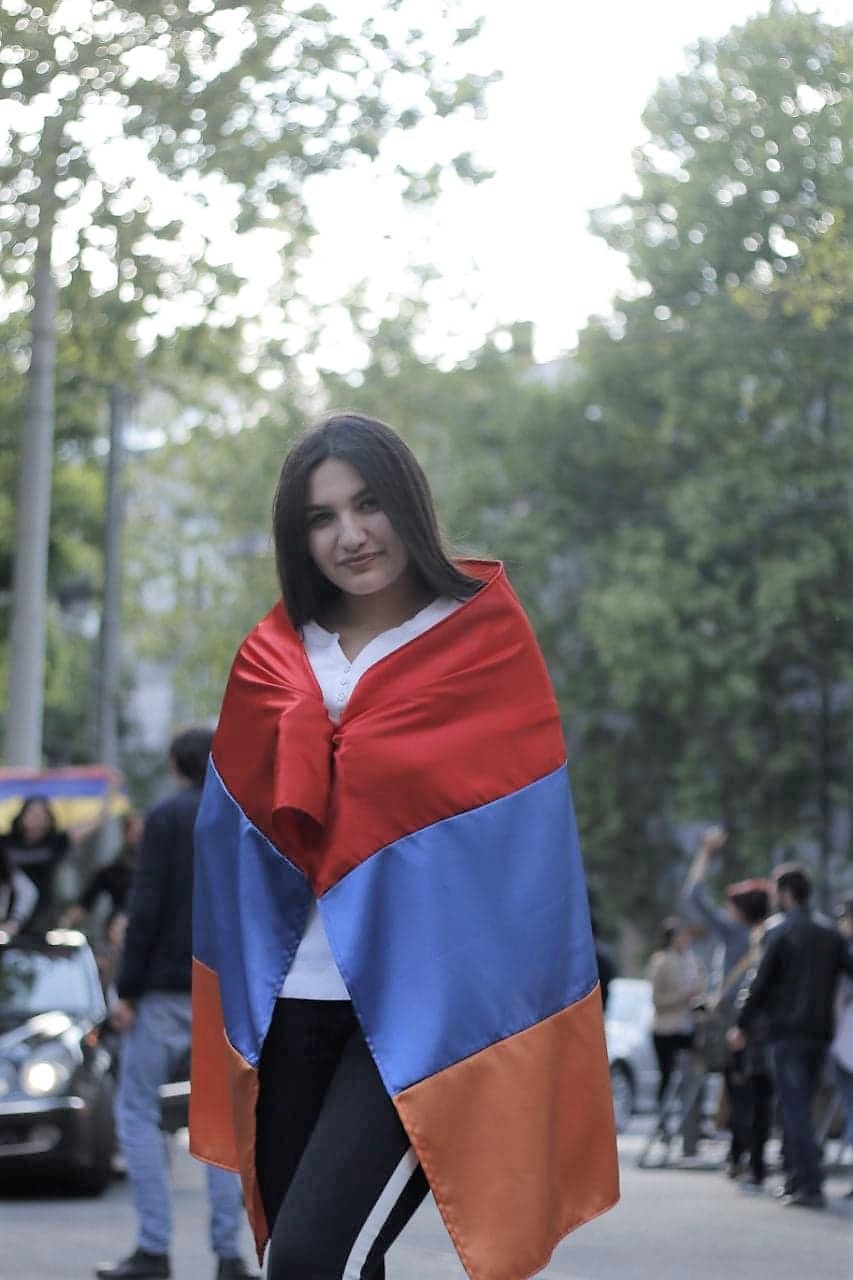
 In the context of the topic chosen for this year by our member movements – peace – we have launched an online campaign of peace messages and quotes under the #nevertakepeaceforgranted slogan. This campaign is part of our work plan which also includes two international activities and a travelling exhibition on the topic of peace. The first international activity of our work plan was preceeded by a preparatory phase during which our members had to interview/discuss with at least two people who had left their countries and are now know as “migrants”, “refugees” or “asylum seekers”. To our members they are just people, as are those living next to us. They have emotional and unusual stories, they live in different conditions but as our participants discovered they have not forgoten to be kind, tolerant, open and to forgive.
In the context of the topic chosen for this year by our member movements – peace – we have launched an online campaign of peace messages and quotes under the #nevertakepeaceforgranted slogan. This campaign is part of our work plan which also includes two international activities and a travelling exhibition on the topic of peace. The first international activity of our work plan was preceeded by a preparatory phase during which our members had to interview/discuss with at least two people who had left their countries and are now know as “migrants”, “refugees” or “asylum seekers”. To our members they are just people, as are those living next to us. They have emotional and unusual stories, they live in different conditions but as our participants discovered they have not forgoten to be kind, tolerant, open and to forgive. An article written by:
An article written by: Between the 2nd and 5th July 2017, MIJARC Europe ran the international youth peace camp “We are the others”, part of the annual work plan on the topic of peace. The peace camp took place in Portugal and it was co-financed by Renovabis.
Between the 2nd and 5th July 2017, MIJARC Europe ran the international youth peace camp “We are the others”, part of the annual work plan on the topic of peace. The peace camp took place in Portugal and it was co-financed by Renovabis.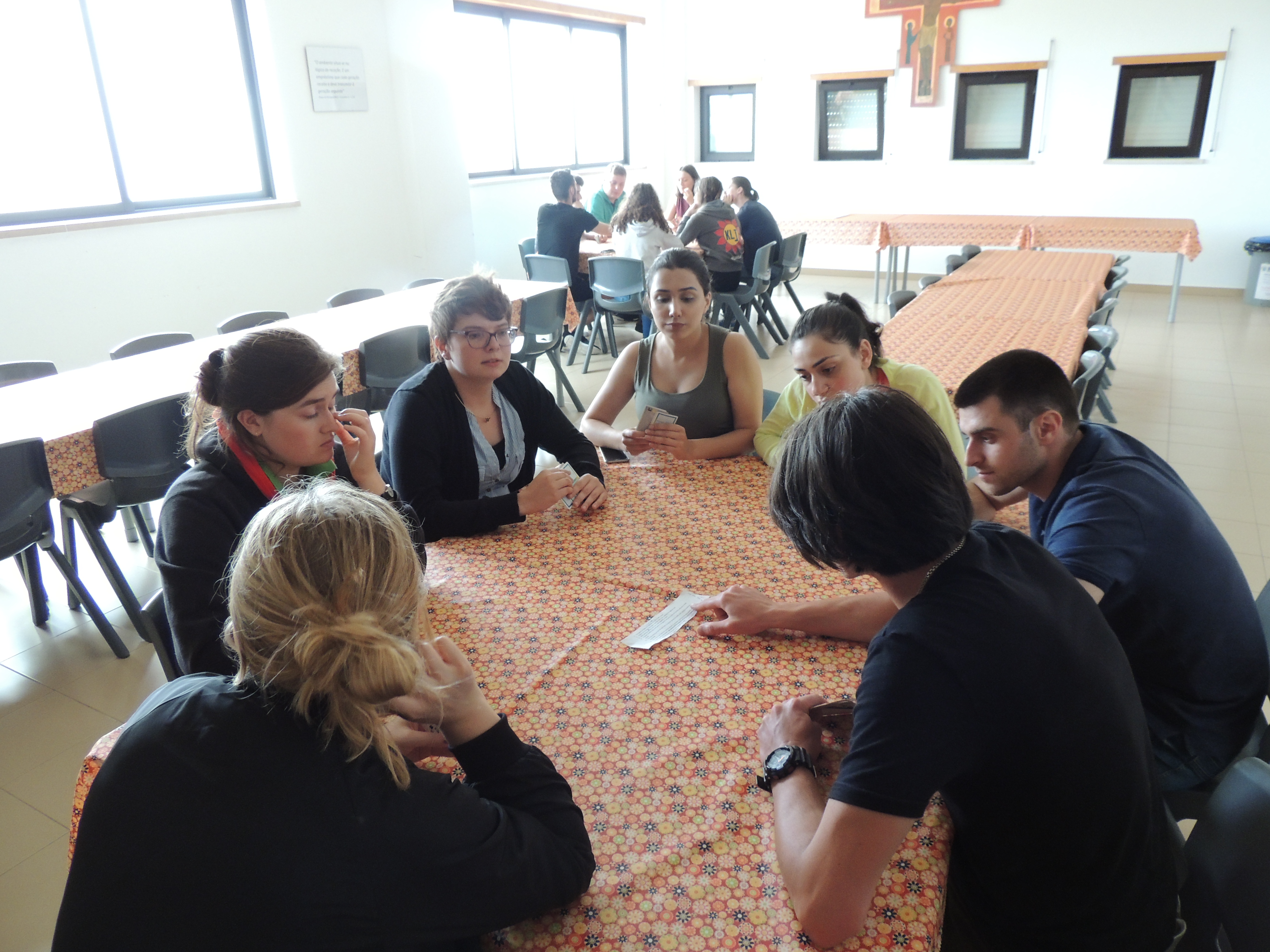 Even though Europe is still one of the most peaceful and prosperous parts of the world, there are some regions on the continent that have become unstable and more insecure and where acts of extremism and an increased fear towards the so-perceived “others” – migrants, refugees or asylum seekers and any minority group – have resulted in lower levels of tolerance, respect of human rights and freedom. In rural areas, conflict often appears because of competition for land and natural resources. In addition to this, poverty, lack of employment and opportunities of a better future can nurture resentment and cause fertile social contexts for intolerance and extremism. Also, for young people living in rural areas conflicts often have devastating consequences making them even more vulnerable.
Even though Europe is still one of the most peaceful and prosperous parts of the world, there are some regions on the continent that have become unstable and more insecure and where acts of extremism and an increased fear towards the so-perceived “others” – migrants, refugees or asylum seekers and any minority group – have resulted in lower levels of tolerance, respect of human rights and freedom. In rural areas, conflict often appears because of competition for land and natural resources. In addition to this, poverty, lack of employment and opportunities of a better future can nurture resentment and cause fertile social contexts for intolerance and extremism. Also, for young people living in rural areas conflicts often have devastating consequences making them even more vulnerable.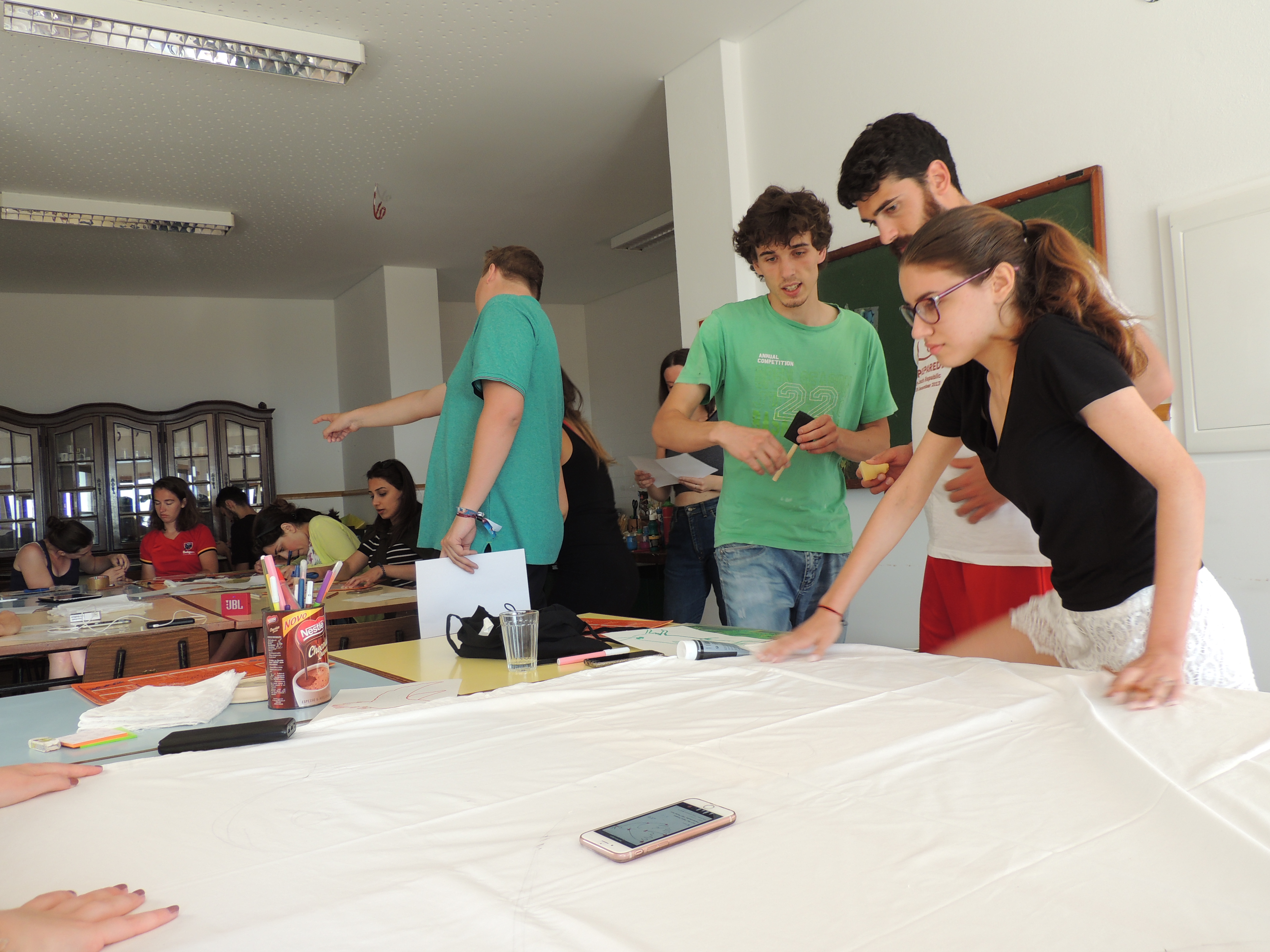 “We are the others” is a youth project that aims to prove everybody exactly what it says: that we all are responsible ourselves for all the situations we are part of. It sends the message that it is always in our power to generate change and play our positive role in our community, country, in Europe and around the world. The project aims to make the young people involved and those it reaches aware of the important and positive role they play in the maintenance and promotion of peace and security at all levels. Its objectives are to encourage tolerance, solidarity and intercultural dialogue exerted by young people as means of moving beyond the mistakes of the past and building the future, to help the rural young people participating in the project acquire intercultural competences in order to become more aware and active citizens for peace, countering radicalization and extremism, to promote a different narrative on the role of young people in conflict contexts depicting them as assets in peace building and peace maintaining and to create a tool for young people to spread their message of peace and social inclusion in their rural communities. It will do this by involving 30 young people from rural areas across Europe: Armenia, Belgium, Bulgaria, France, Germany, Italy, Malta, Portugal and Romania and migrants, refugees or asylum seekers located in Portugal. They all decided to join forces and invest in the development of their intercultural competences in order to be more prepared to work and live with vulnerable groups, to promote social inclusion in their communities and diffuse tensions that appear whenever we see those different from us as “the others”. Through the project, the young participants will create together a Position Paper and a travelling photo exhibition that will include portraits and stories of conflict and peace and photos that will suggest solutions for what young people can do today in order to build a safer and peaceful future.
“We are the others” is a youth project that aims to prove everybody exactly what it says: that we all are responsible ourselves for all the situations we are part of. It sends the message that it is always in our power to generate change and play our positive role in our community, country, in Europe and around the world. The project aims to make the young people involved and those it reaches aware of the important and positive role they play in the maintenance and promotion of peace and security at all levels. Its objectives are to encourage tolerance, solidarity and intercultural dialogue exerted by young people as means of moving beyond the mistakes of the past and building the future, to help the rural young people participating in the project acquire intercultural competences in order to become more aware and active citizens for peace, countering radicalization and extremism, to promote a different narrative on the role of young people in conflict contexts depicting them as assets in peace building and peace maintaining and to create a tool for young people to spread their message of peace and social inclusion in their rural communities. It will do this by involving 30 young people from rural areas across Europe: Armenia, Belgium, Bulgaria, France, Germany, Italy, Malta, Portugal and Romania and migrants, refugees or asylum seekers located in Portugal. They all decided to join forces and invest in the development of their intercultural competences in order to be more prepared to work and live with vulnerable groups, to promote social inclusion in their communities and diffuse tensions that appear whenever we see those different from us as “the others”. Through the project, the young participants will create together a Position Paper and a travelling photo exhibition that will include portraits and stories of conflict and peace and photos that will suggest solutions for what young people can do today in order to build a safer and peaceful future.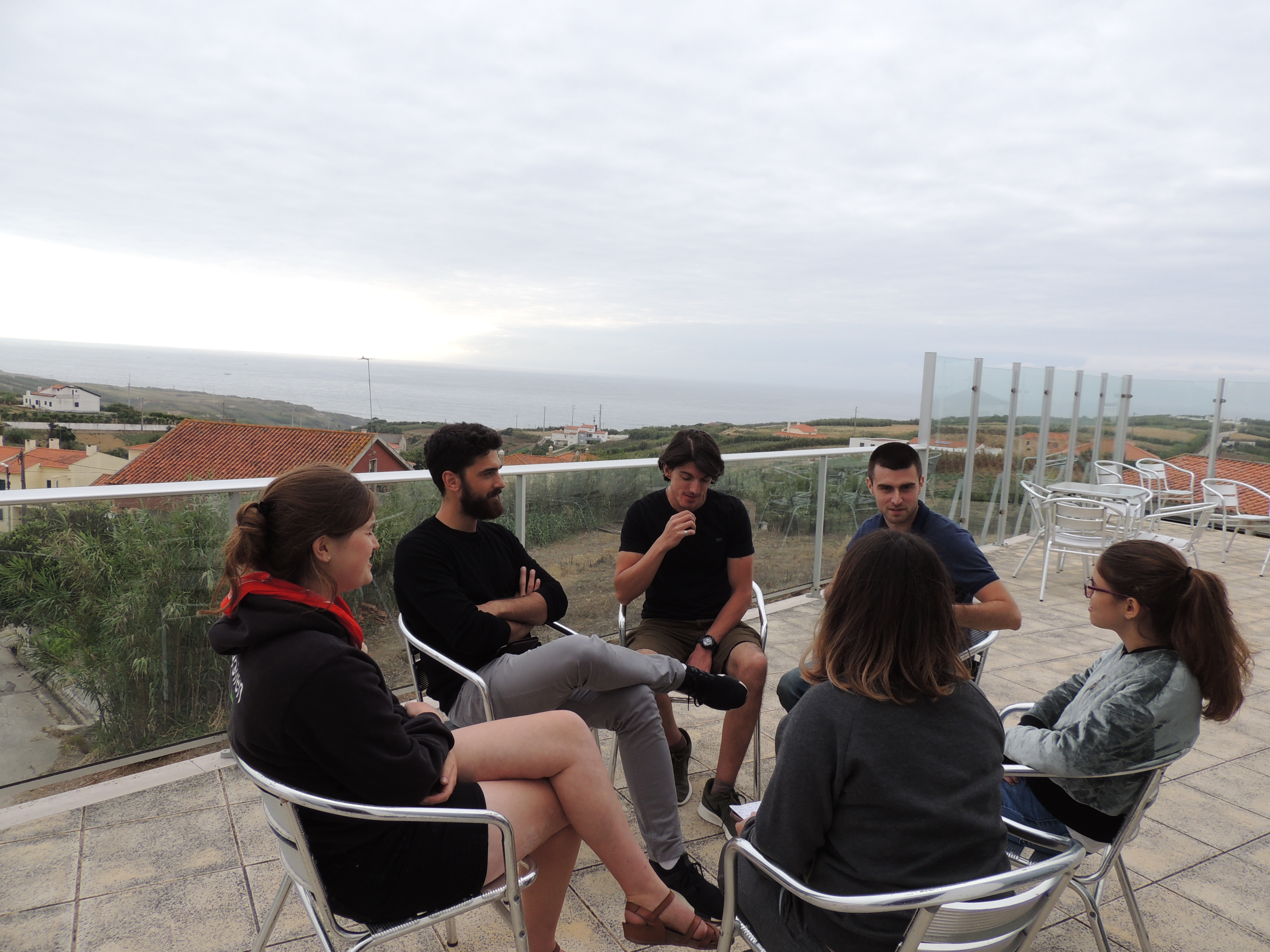 The exhibition will be accompanied by an educational booklet, containing activities designed by the participants that can be done with the exhibition. This exhibition will travel to eleven different countries, to meet with 500 young people and it will also be displayed at a peace festival where it will be seen by more than 5,000 young people from all over Europe.
The exhibition will be accompanied by an educational booklet, containing activities designed by the participants that can be done with the exhibition. This exhibition will travel to eleven different countries, to meet with 500 young people and it will also be displayed at a peace festival where it will be seen by more than 5,000 young people from all over Europe.